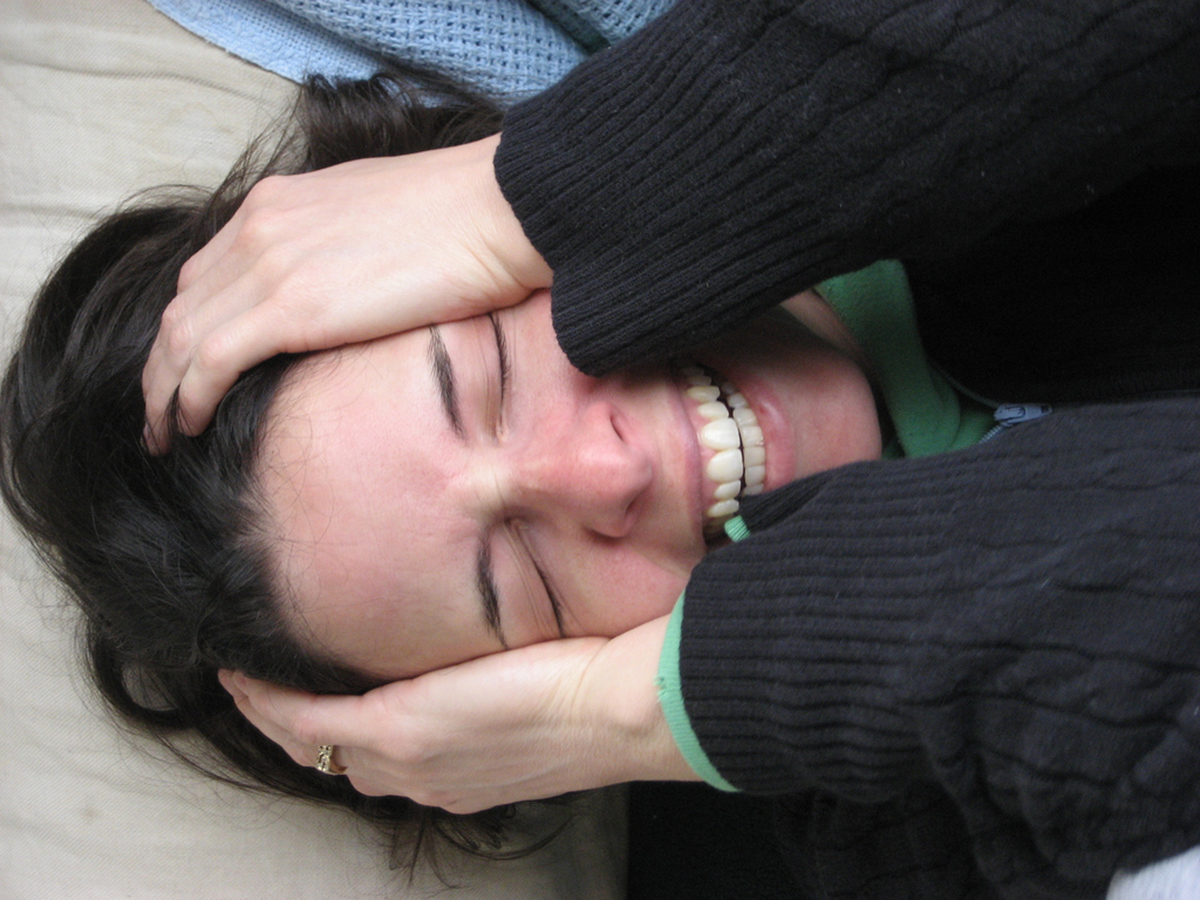Table of Contents
What actually happens in a Primal Therapy Session? I'll come right out and say that I really don't know. That's quite scary, actually. YouTube videos of so-called Primal sessions show people lying on mattresses, crying and screaming. Then again, Janov makes it quite clear that many unqualified and unscrupulous people — with or without a psychology degree — practice what they call Primal Therapy, but what truly is something else.

That still doesn't tell you what actually happens during sessions, and though Janov's website is full of truly fascinating information, there is surprisingly little that shares those all-important details. The best I can come up with is this.
The first stage involves 15 weeks of sessions with one therapist, over the course of three weeks. Group therapy with other clients is the next stage, though private sessions are still available, just more infrequently. Vital signs are measured before each session and the patient's heart rate, blood pressure and hormones are said to change measurably over the course of the therapy.
Janov estimates that a client is generally done with therapy within 11 months of finishing the first three-week stage of Primal Therapy. Over the course of an individual's therapy, the root of the pain is uncovered and experienced. Once a person stops repressing their initial traumas, the pain doesn't go away completely. Rather, the painful component of the trauma is eliminated and the person is then able to live with past experiences comfortably.
Janov 'Lite'?
I'm currently seeing a psychologist who takes inspiration from Janov and Miller, along with the humanist psychologist Carl Rogers. Carl Rogers irritates me. His philosophy of person-centered therapy encourages (no, requires) the therapist to accept the client completely. Rather than directing sessions by asking questions, the therapist lets the client take the lead. He or she might nod, say "mmm", or reflect the client's statements right back at them, but that's it.
"Yes, that's what I just told you," I want to yell when my therapist goes into Rogers mode. "Now tell me what I can do about it!" Rogers doesn't do that though, because clients are supposed to come up with solutions themselves.
Janov and Miller are there too, though, and their influence helped my therapist help me — to go back to that trauma, experience it, and feel the pain. Those were things my brain prevented me from doing while the trauma was ongoing, and the resulting repressed emotions have caused me a great deal of trouble in life.
See Also: What depression does to a person?
My sessions don't involve lying on a mattress or screaming, but I have been able to talk honestly, to experience the feelings connected to my trauma, and to cry. The expectation that you will cry can be irritating, but it's present for a reason — if you're doing it right, crying will likely follow naturally at some point.
- Photo courtesy of Maks Karochkin by Flickr : www.flickr.com/photos/karochkin/3674906958/
- Photo courtesy of Pistols Drawn by Flickr : www.flickr.com/photos/pistolsdrawn/2176883257/


Your thoughts on this